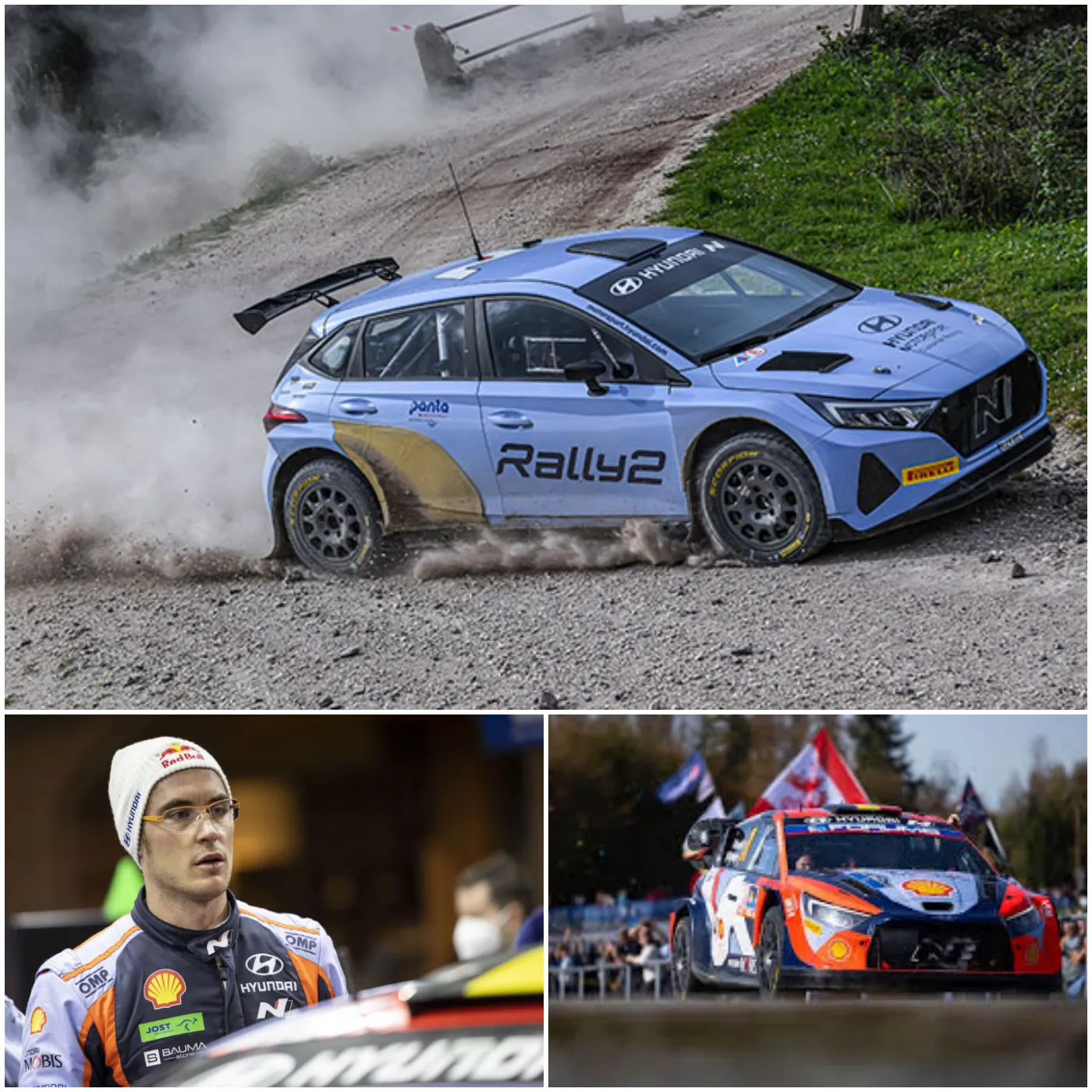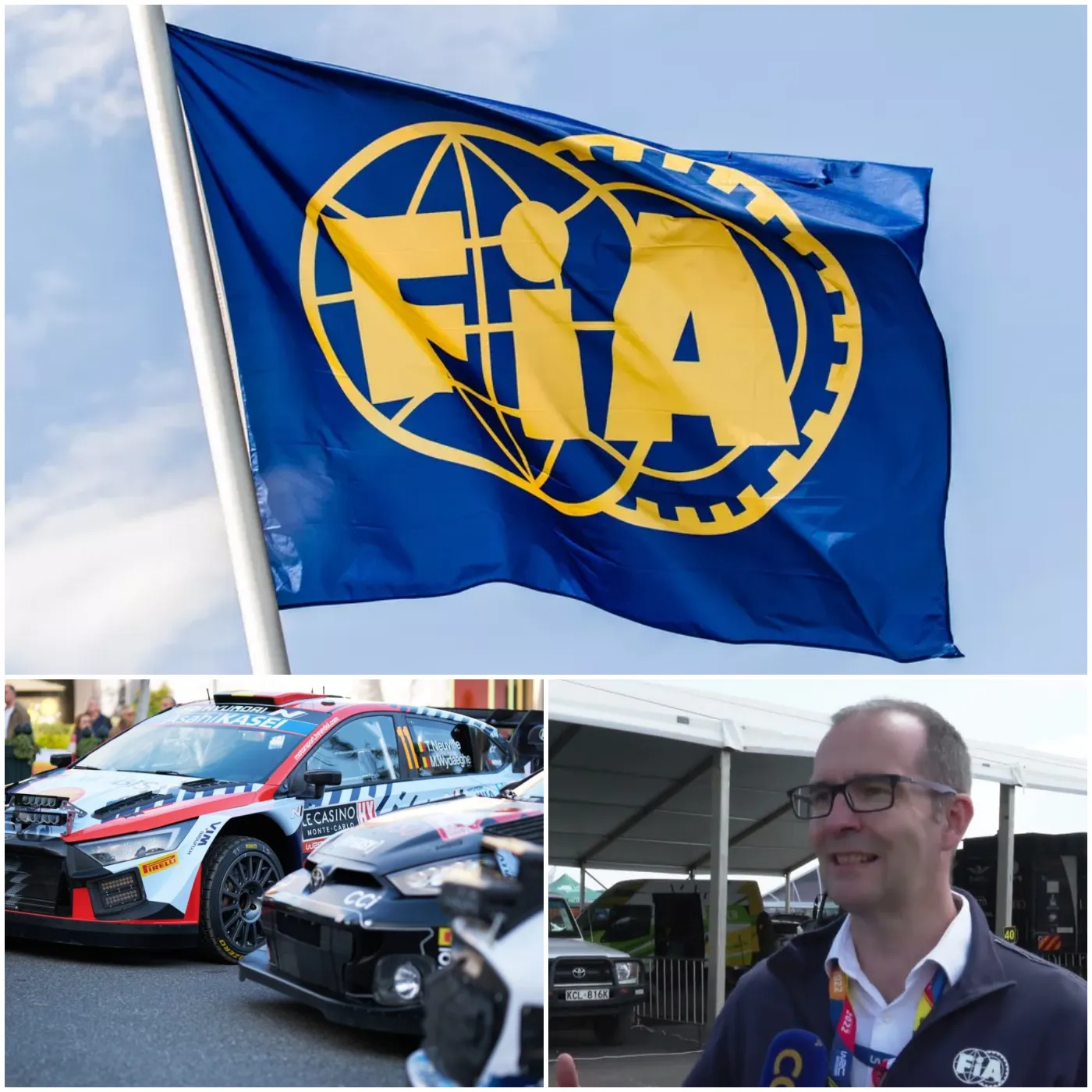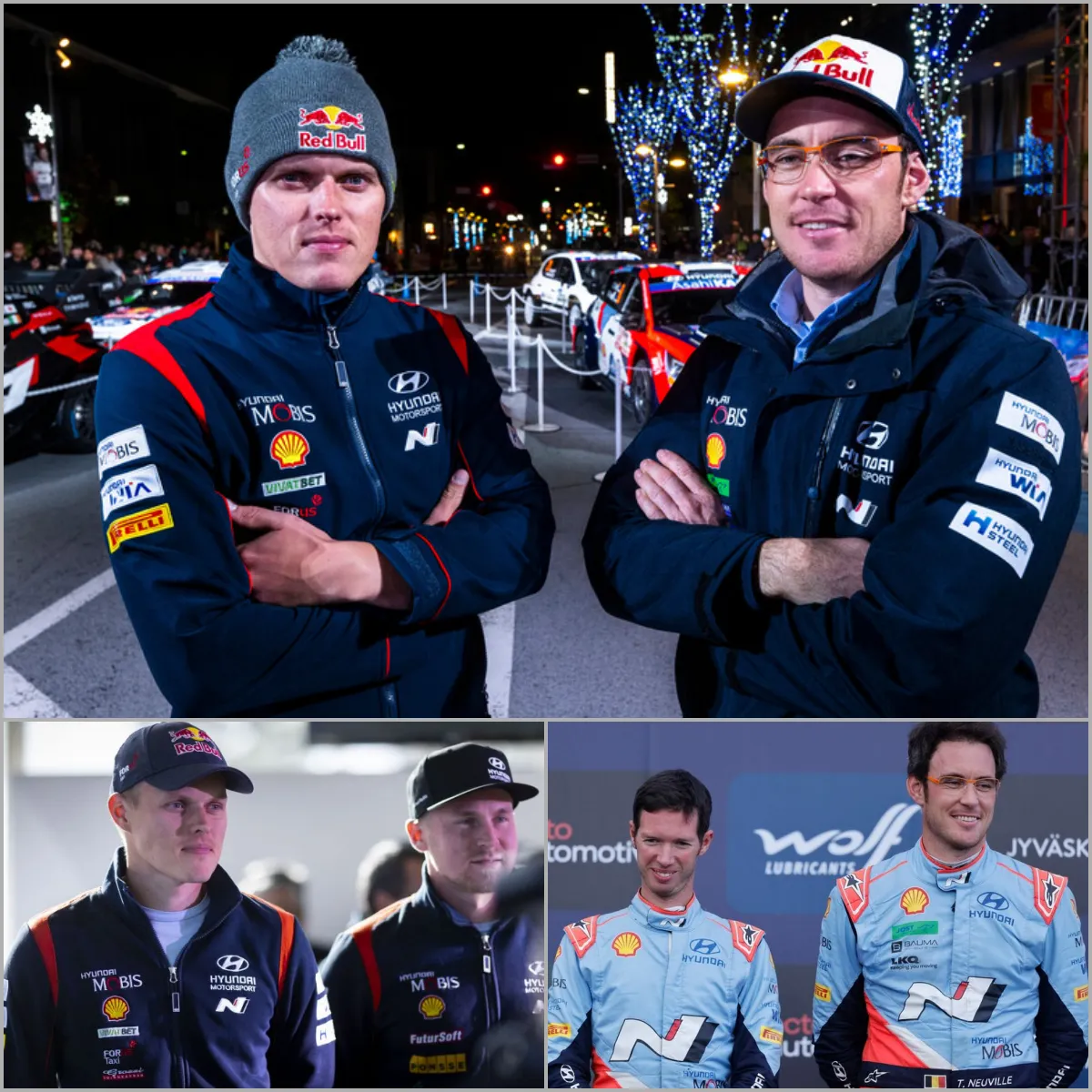The World Rally Championship (WRC) has long been revered for its high-octane thrills, cutting-edge technology, and daring drivers who push the limits of what is possible on some of the most challenging terrains in motorsport. However, recent comments from seasoned driver Thierry Neuville have sparked debate about the future direction of the WRC. Neuville’s concerns center around the potential dominance of Rally2 cars in the championship by 2027—a move he warns could diminish the prestige of the sport.
The Rising Controversy: Rally2 Cars in WRC
At the heart of Neuville’s criticism is the possibility that Rally2 cars, a lower-cost and less technologically advanced class of rally vehicles, could become the standard for the WRC. Rally2 cars have been successful in feeder series like WRC2, offering accessibility and affordability for teams and drivers. However, Neuville believes that elevating these cars to the main championship could tarnish the WRC’s image as the pinnacle of rallying.
In a recent interview, Neuville stated, “If the future of WRC is based solely on Rally2 cars, it risks losing the essence of what makes this championship great. Rally2 might be cost-effective, but it cannot replace the cutting-edge performance of Rally1.”
Rally1 vs. Rally2: A Debate on Performance

To understand Neuville’s concerns, it’s crucial to examine the differences between Rally 1 and Rally 2 cars. Rally1 vehicles are hybrid-powered machines designed to deliver top-tier performance, combining combustion engines with electric motors for maximum efficiency and speed. These cars represent the peak of rally technology, with manufacturers investing heavily in innovation to gain a competitive edge.
In contrast, Rally2 cars are designed with cost control in mind. They feature simplified technology and standardized parts, making them more affordable for private teams. While they are capable rally machines, they lack the sheer power and sophistication of Rally 1 cars.
For Neuville, replacing Rally1 with Rally2 would strip the WRC of its unique appeal and prestige, reducing it to a series that fails to differentiate itself from lower-tier championships.
Financial Pressures and Sustainability
Despite Neuville’s warnings, proponents of the Rally2 strategy argue that it is a necessary step to ensure the financial sustainability of the WRC. The rising costs of Rally1 development have driven some manufacturers out of the championship, leaving the WRC with fewer competitors and less diversity. By shifting to Rally2, advocates believe the WRC could attract more teams and create a more competitive field, ultimately broadening the sport’s appeal.
However, Neuville counters this by emphasizing the importance of maintaining the WRC’s identity as a showcase of automotive excellence. “Fans come to see the best cars and the best drivers. If we compromise too much on performance, we risk losing what makes rallying special,” he warned.
The Fans’ Perspective
Fans are divided on the issue, with some echoing Neuville’s sentiment that the WRC should remain a stage for the most advanced rally cars in the world. Others, however, see the potential benefits of Rally2 cars in making the sport more accessible and competitive.
One fan remarked, “I love seeing cutting-edge Rally1 cars, but if manufacturers can’t afford to stay, what’s the point? Rally2 might be a compromise, but it could keep the WRC alive.”

Looking Ahead to 2027
With the future of the World Rally Championship hanging in the balance, the debate over Rally1 versus Rally2 highlights a critical crossroads for the sport. Can the WRC find a balance between performance and sustainability, or will it risk losing its identity to financial pragmatism?
As discussions continue among stakeholders, Thierry Neuville’s warning serves as a rallying cry for preserving the essence of the championship. Whether the WRC will heed his advice or chart a different path remains to be seen, but one thing is clear: the decisions made today will shape the legacy of rallying for years to come.
Conclusion: A Critical Moment for WRC
Thierry Neuville’s criticism of the potential reliance on Rally2 cars in the WRC by 2027 has reignited a crucial debate about the sport’s future. While cost-effectiveness is essential, fans and drivers alike hope that the championship’s essence as a showcase for the best in rally technology and talent is not lost in the process. How the WRC navigates this challenge will determine whether it continues to inspire awe or risks losing its place as the pinnacle of rally motorsport.



